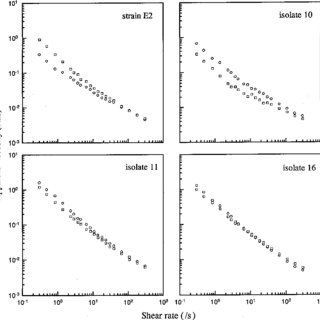January 2014
·
185 Reads
·
16 Citations
Revista Colombiana de Obstetricia y Ginecología
Objectives: Identifying the cesarean section rate, classification, maternal-perinatal risk factors associated with this procedure and to propose strategies to rationalize the use of c-sections in Colombia. Materials and methods: We conducted a review of the vital statistics from the Departamento Administrativo Nacional de Estadi´sticas (DANE) from 1998 to 2013 to estimate the rate of caesarean section and an electronic database search in Medline via PubMed, The Cochrane Library, Embase, Lilacs, with the terms "cesarean section", "rate", "maternal mortality", "neonatal mortality", "maternal risk", "perinatal risk", "trial of labor", "vaginal birth after cesarean section", "education", "audit", "second opinion", "strategy", "multiple strategy" and "multifaceted intervention" to identify relevant systematic reviews, meta-analysis and clinical studies published in the last ten years in English or Spanish. The search results and conclusions were discussed in a non-formal consensus on May 9, 2014 in Bogota´ D.C and socialized in the 29th National Congress of Obstetrics and Ginecology held on May 29th to 31st of 2014 in Medelli´n, Colombia. Results: The rate of caesarean sections in Colombia step of 24.9 % in 1998 to 45.7 % in 2013. C-section increases the risk of death, severe maternal complications and neonatal respiratory morbidity compared with vaginal delivery. Medical, socialcultural and economic factors increase the use of cesarean section. Multifaceted strategies have shown the greatest effectiveness in reducing the rate. Conclusions: Strategies such as education, audit, quality improvement and involvement of other stake holders should be promoted to generate a cultural change and rationalize the rate of cesarean section in Colombia.






















